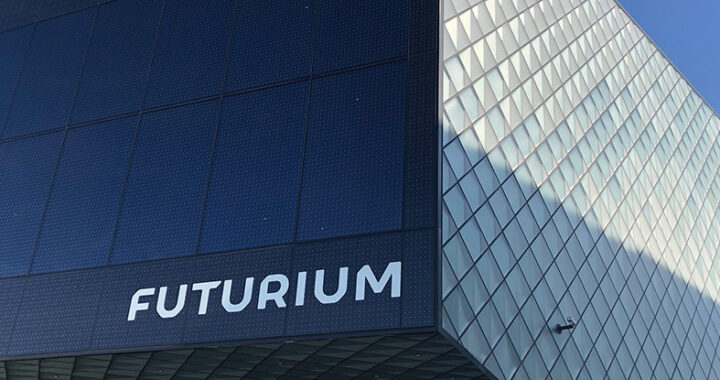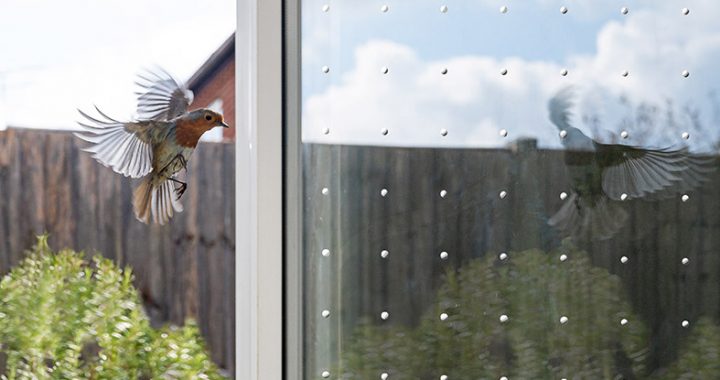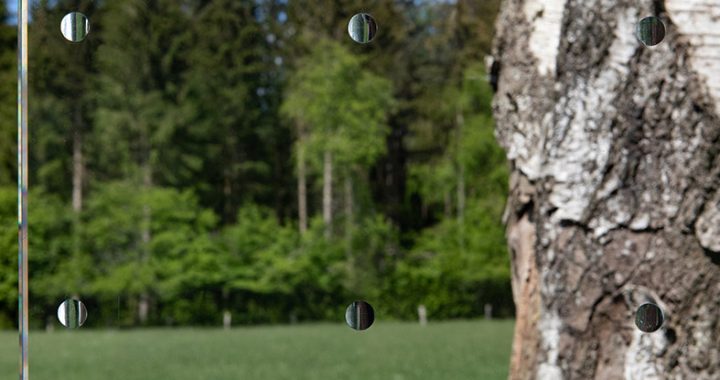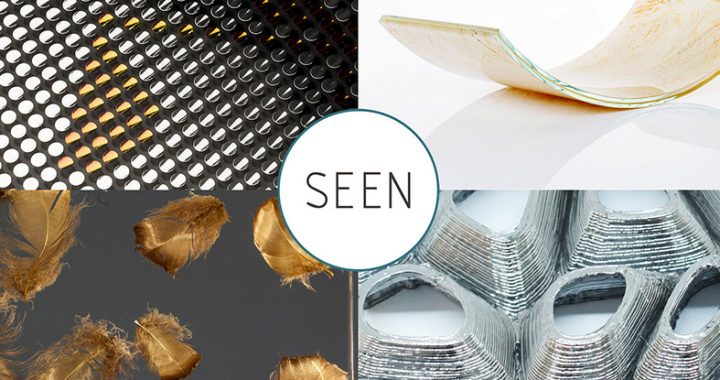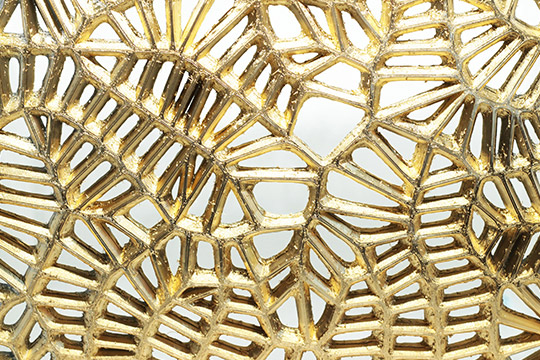One of the underestimated aspects of modern architecture is the danger that glass facades pose to birds. Despite the undeniable advantages of glass in architecture, such as natural daylight, aesthetic freedom, and a connection to nature, it presents a significant risk to our feathered friends.
Bird collisions with glass often occur because birds either cannot distinguish transparent elements from the air or misinterpret reflections of trees and sky in the glass. Although these collisions happen unintentionally, they can have devastating consequences for the birds, including injury or death.
With increasing urbanization, climate change, and pressure on bird ecosystems, the need to take measures to prevent collisions has grown. The flat glass industry has proactively developed solutions to reduce bird collisions and preserve biodiversity. These so-called “bird-friendly products” mark the glass so that it is more visible or reflective to birds without compromising comfort and energy benefits for building users. These include SEEN Elements of SEEN Group.
Glass for Europe, the trade association for the European flat glass sector, also reports on this. Glass for Europe brings together multinational companies and thousands of small and medium-sized enterprises across Europe to represent the entire value chain for construction glass. Members include leading flat glass manufacturers like AGC Glass Europe, Guardian, NSG Group, Saint-Gobain, and Şişecam. Together with national partners representing numerous glass processors and transformers throughout Europe, Glass for Europe works to promote the interests of the industry and develop innovative solutions. Here you can find the original article “Designing bird-friendly buildings”.
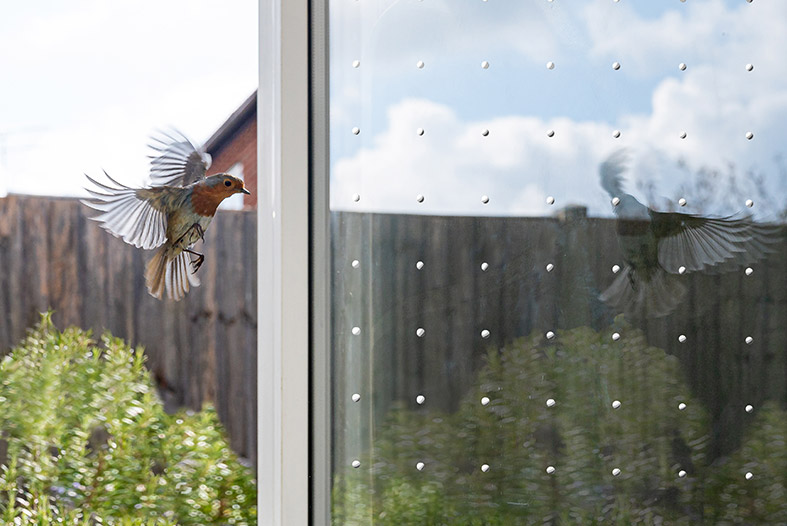
Why do birds collide with glass?
Birds navigate visually. Transparent and reflective glass surfaces are therefore hardly recognizable to them. Without visible barriers or strong contrasts in brightness, birds do not perceive glass as a solid object and mistake it for air. This is particularly problematic during migration, when birds travel long distances and are unfamiliar with their surroundings.
The scale of the problem is difficult to assess, but estimates suggest that several million birds die each year in Europe due to collisions with glass. In the USA, the estimated number ranges from 365 million to one billion birds per year. Not all collisions are fatal, but they can lead to severe injuries.
How can this problem be addressed?
In the EU, there are varying levels of attention and requirements regarding bird collisions. In Germany, for example, the Federal Nature Conservation Act demands special consideration for the protection of animals and biodiversity, but there are no official standards or legal thresholds. It is the responsibility of conservation authorities to assess the risk before constructing new buildings.
Despite the lack of coherent laws, there is a generally accepted testing method in Europe for bird-friendly glass solutions. The Biological Station Hohenau-Ringelsdorf in Austria conducts tests to evaluate the effectiveness of markings on glass. These tests show whether birds recognize marked glass as an obstacle and take evasive action.
To tackle the problem, flat glass manufacturers have developed high-performance markings through research and development that are visible to birds without compromising the thermal and solar control properties of the glass. These markings, whether stripes, dots, or other shapes, must have a certain minimum size and cover the entire glass surface. This allows birds to recognize them from a distance and react in time.
There are various types of glass that can be equipped with these markings:
- Patterned glass: Glass with specific patterns or textures.
- Coated glass: Glass with a patterned coating that disrupts reflections.
- Laminated glass: Glass with a special PVB layer.
- Fritted glass: Glass with a ceramic or enamel coating.
SEEN Elements
SEEN Elements are the most innovative solution for making glass visible to birds. With a coverage of less than 1%, they offer the best ratio of effectiveness to covered area. Additionally, they are not applied to the outside of the glass pane in new construction projects, protecting them from weather and mechanical stress. This applies both as a variant in laminated safety glass and in the space between panes, ensuring a consistently high level of effectiveness throughout the lifespan of the glazing.
The Biological Station Hohenau-Ringelsdorf has tested the SEEN Elements in various grids and rated them as highly effective. Here you can find a detailed product overview with individual test results.

These solutions can be used in private or commercial buildings, both in new construction and when retrofitting existing buildings. The use of bird-friendly glass is often associated with sustainable building practices and can even help earn certification points for eco-friendly buildings.

